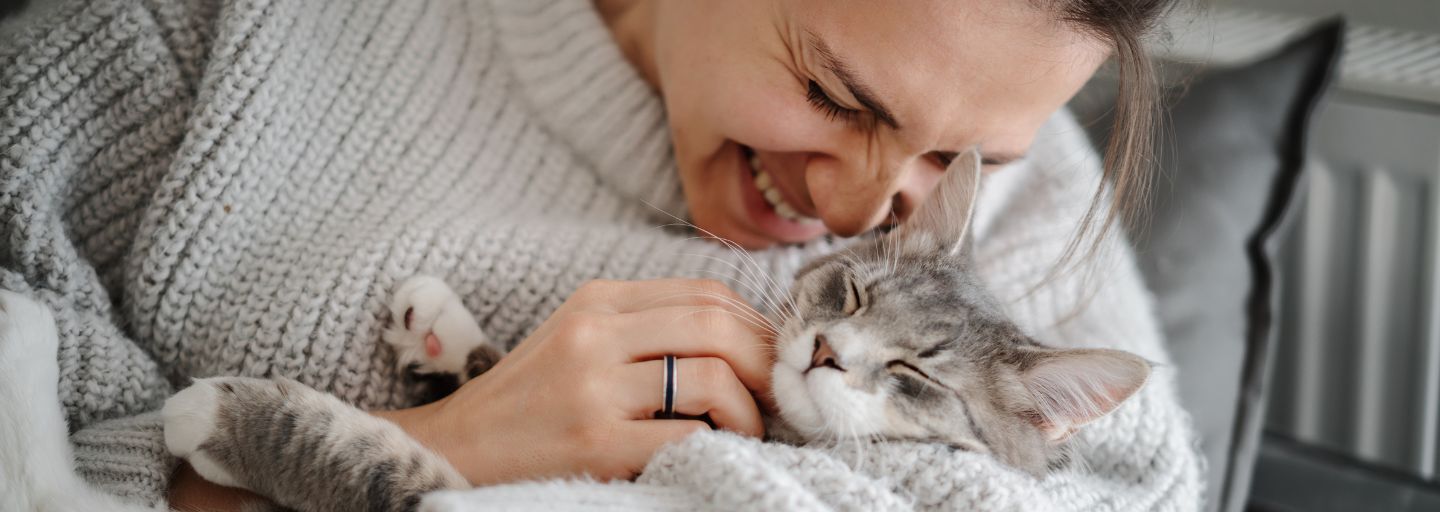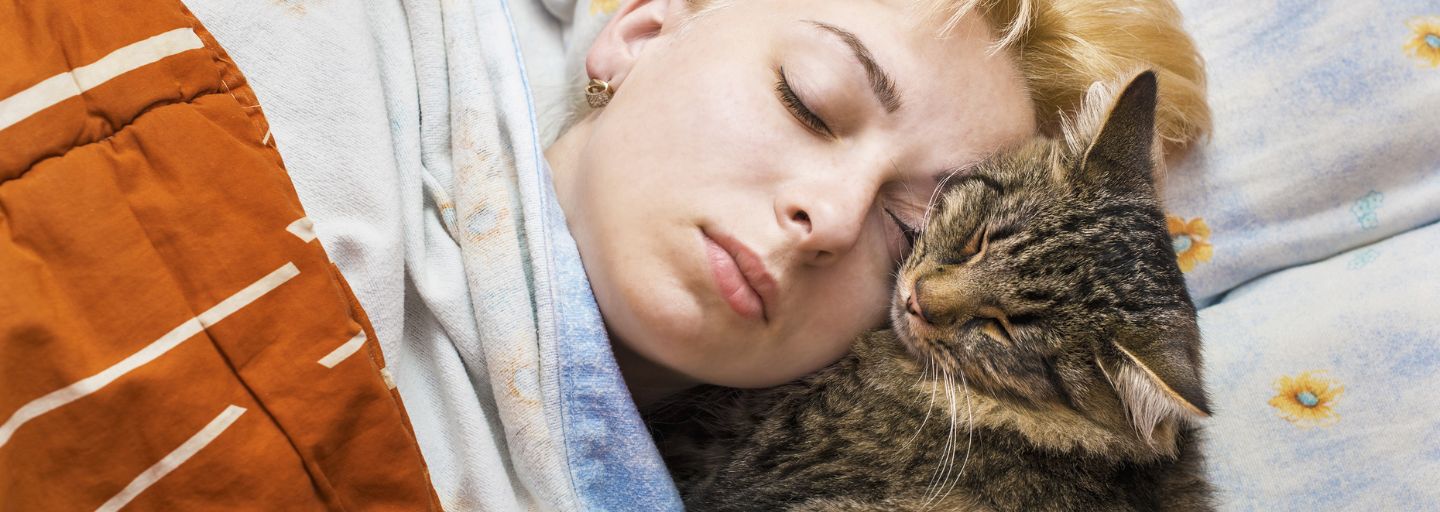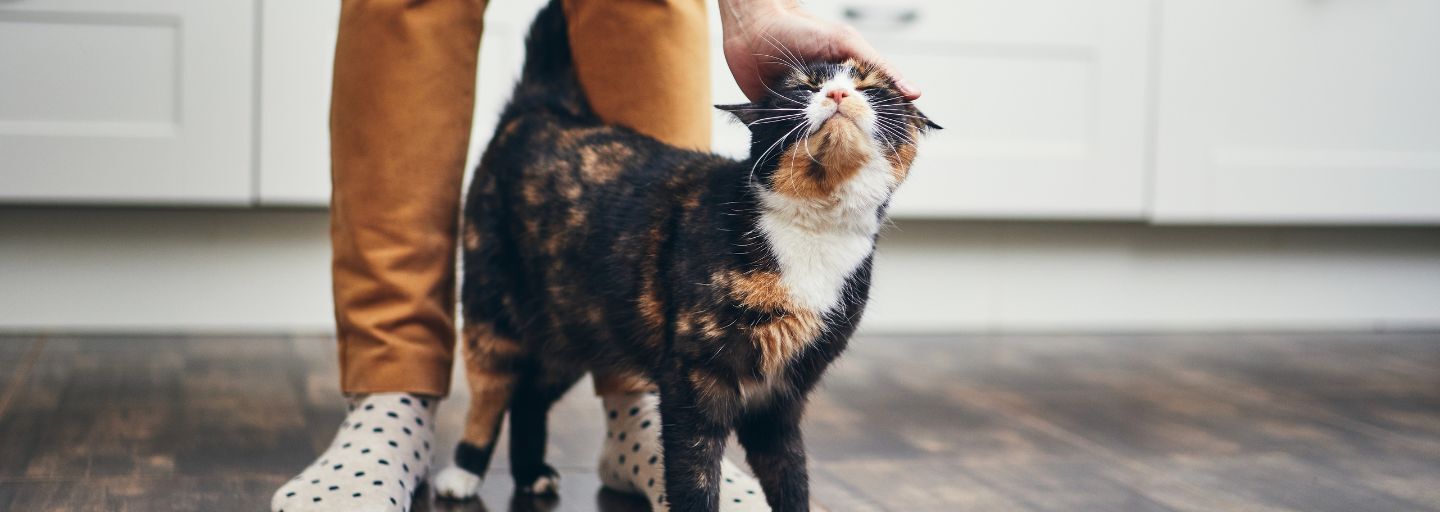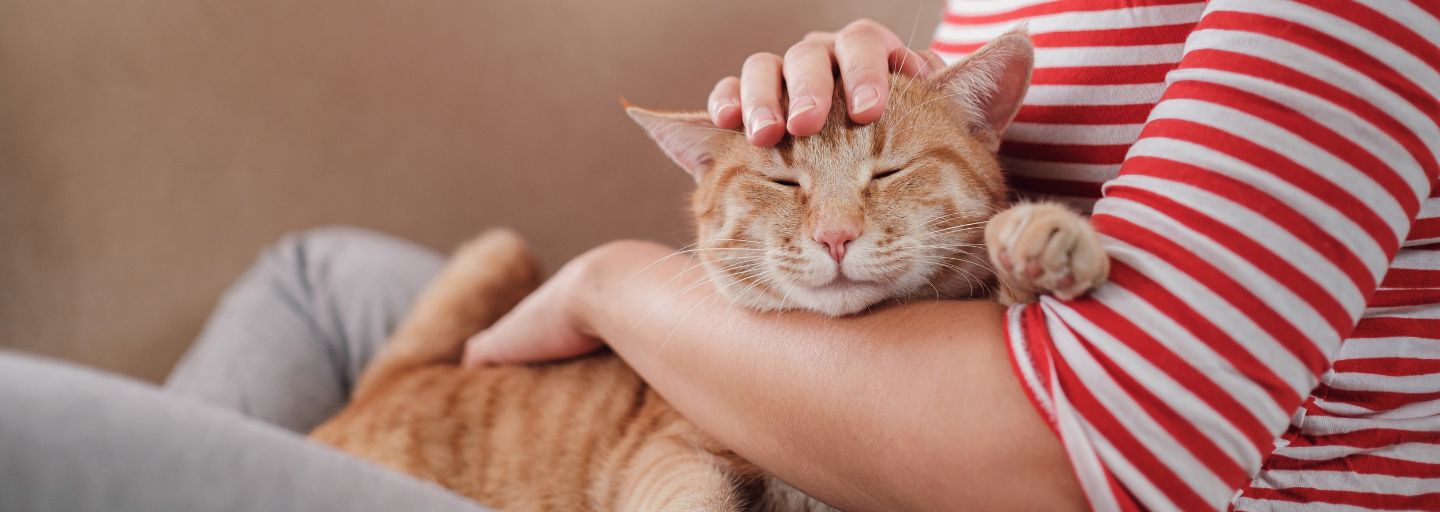The comforting hum of a purring cat is a familiar pleasure, but have you ever wondered about the reasons behind this rhythmic sound and the mechanics that bring it to life? Just like we smile and dogs wag their tails, cats use purring to communicate their feelings. When your feline friend curls up beside you or nuzzles your hand, that gentle rumble signifies contentment. However, it's important to note that purring isn't just a sign of happiness. Sometimes, it's a mixed emotional response that can also indicate pain or distress. Intriguingly, cats might even purr during childbirth, suggesting that purring is more than a simple expression—it's a mechanism that aids cats in resting and healing.
Muscular Coordination: The Science Behind the Soothing Sound
But what's the science behind this soothing sound? The fascinating fact is that cats don't possess any specialized equipment for purring. It's all about the coordination of muscles—the rapid contractions of the muscles in the larynx (voice box) and the movement of the diaphragm, the muscle at the base of the chest cavity. These muscles work together, contracting around 20 to 30 times per second.
As the cat breathes, the vibrating muscles encounter the passing air, resulting in the distinct purr we know. The beauty lies in the variety of purrs—some may be high-pitched, while others are deep and rumbling. Some are barely audible unless you're close, while others resonate like a melodic rumble. This variation in purring sounds adds to the complexity and individuality of each cat's purr.
The Intriguing Purr-Meow Combo: A Clever Communication Tool
And then there's the intriguing purr-meow combo. Cats have a special purr called the 'solicitation purr,' a blend of purring and meowing. They use this when they want our attention, particularly during mealtime. This clever combination serves as a way to communicate with us, much like how babies' cries attract parental attention. The solicitation purr is a unique vocalization that captures our attention and prompts us to respond to our feline companions.
A Window into Feline Complexity: Purring as a Means of Connection
In understanding these nuances, we uncover the complexity of our feline friends. From their kitten days to their adult lives, purring serves as a means of connection, communication, and even self-comfort. It's a unique glimpse into the hidden world of cats, showcasing their ability to bridge the gap between humans and themselves through sound and emotion.
Purring is not only a way for cats to express their emotions, but it also has potential health benefits. Studies have shown that the vibrations produced during purring can promote healing and reduce stress. The frequency of the purring vibrations, which falls within the range of 25 to 150 Hertz, has been found to have a positive effect on bone density and can aid in the healing of fractures. Additionally, the act of purring releases endorphins, which are natural painkillers, providing cats with a sense of comfort and relief.
Furthermore, purring is not limited to interactions with humans. Cats also purr when they are in the company of other cats, signalling a sense of relaxation and camaraderie. It is a way for them to establish and maintain social bonds within their feline communities.






